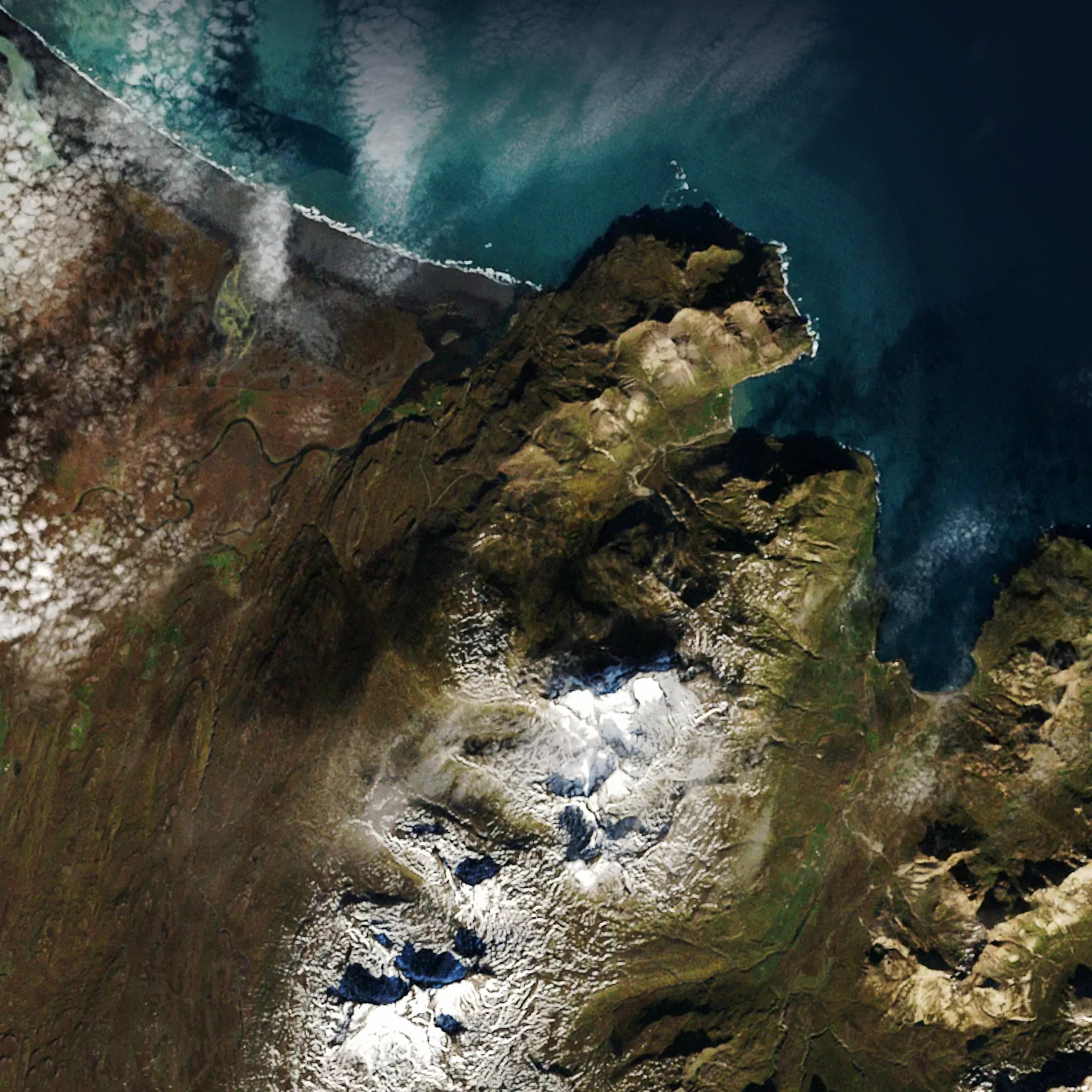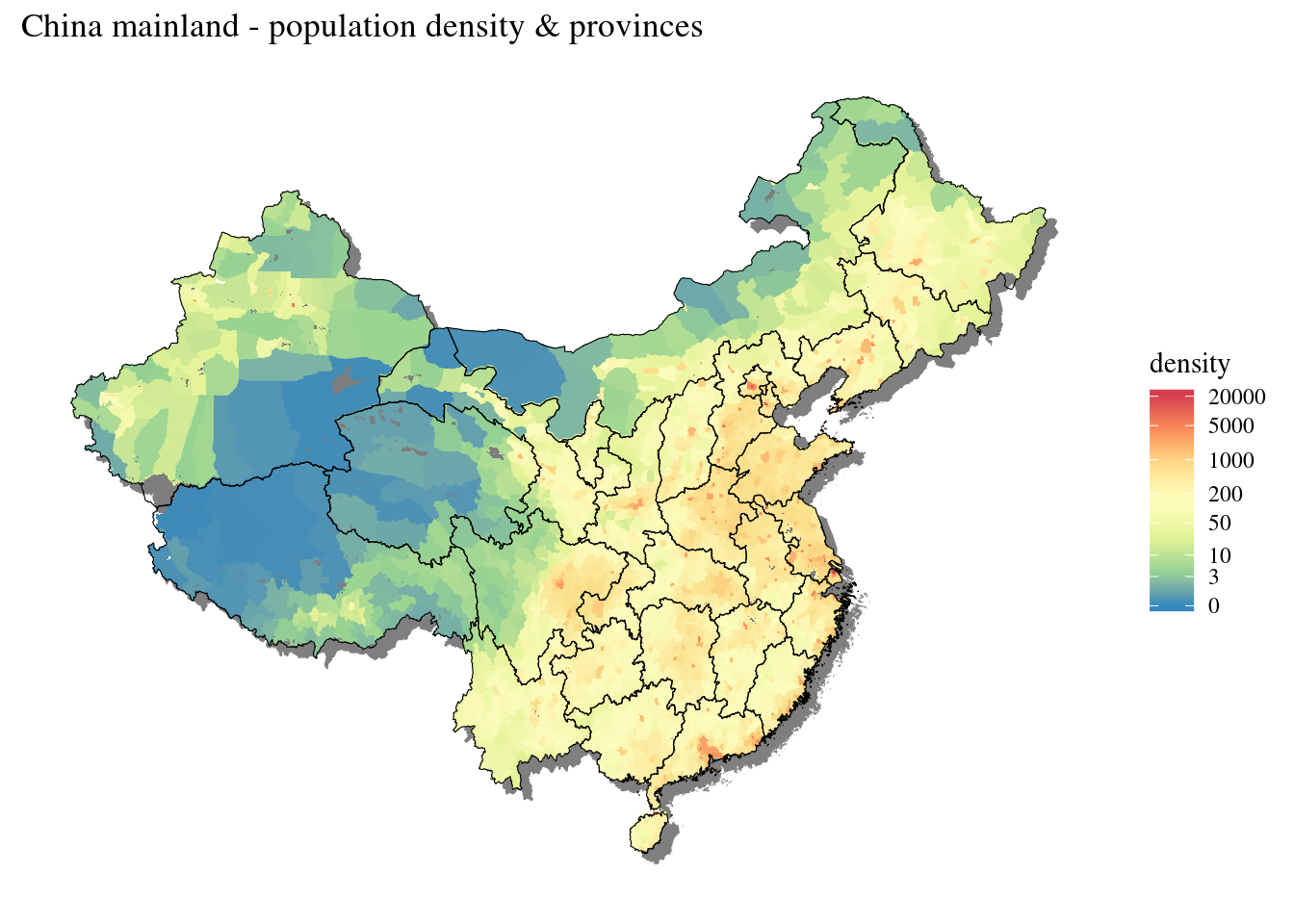3D annimation about Measles in USA
In a previous post, we published some data vizualisations (heat map and maps) inspired by an article of The Wall Street Journal about the impact of measles vaccine in the USA. We are now going to present an alternative visualization based on 3D plots. Such plots are not always the best for data vizualisation but they are still interesting, especially when they are annimated.








